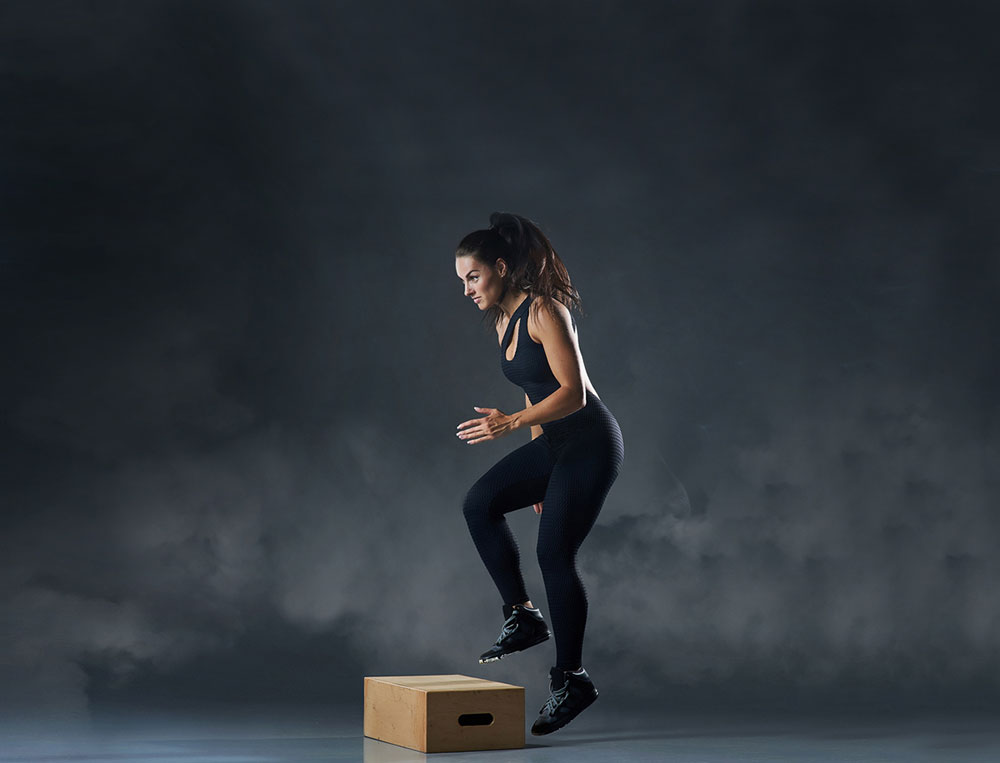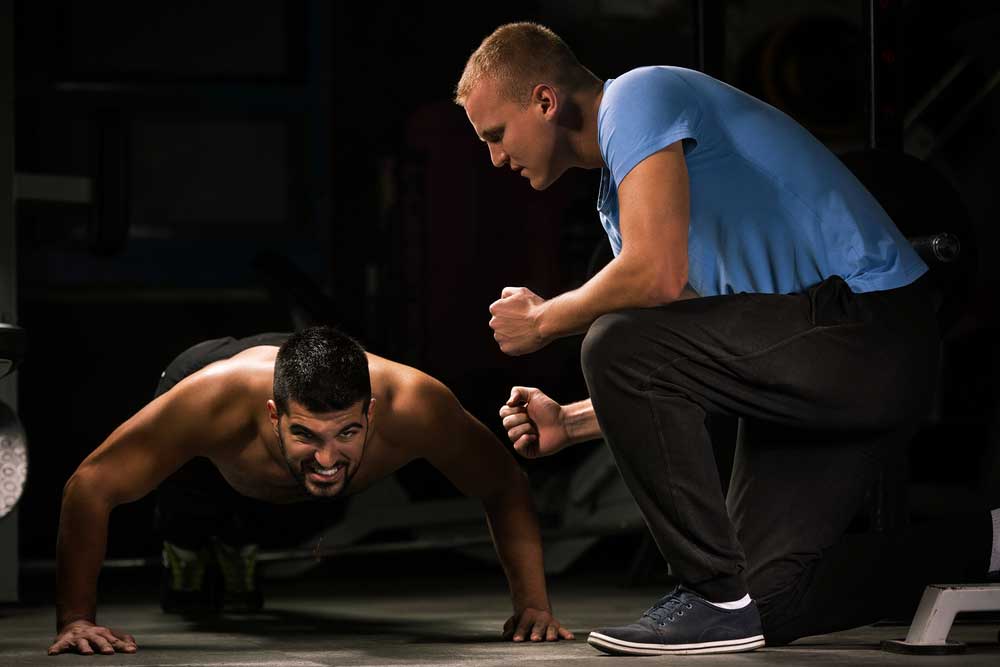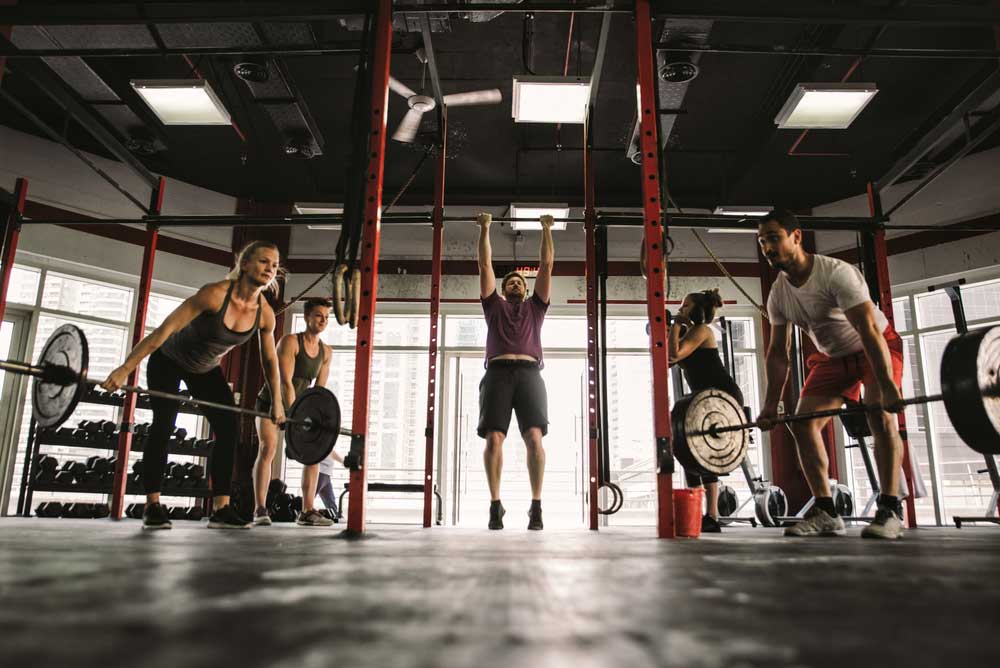When your objective is to increase your endurance to partake in sports that are extreme in their level of challenges, your best bet is to get your body fighting fit. Make endurance training your focus; it is essential for sports such as marathons, triathlons and, the beast of all, Ironman. It also has a role to play in general fitness, specifically when you want to burn more calories or have weight loss on your mind. Although obstacle races demand cardio-based activities like running/cycling, what is also important is to improve strength with specific exercises.
Check out these training techniques from experts who have been there and done that:
Start Right
Read that as preparation. How you prepare for your race makes all the difference. First off, there are some important nutritional and fitness components that demand attention. Changing weather notwithstanding, what you need to optimise your performance is proper hydration; intake of requisite proteins, proper supplements, warm-up exercises and a combination of strength training essential and cardio workouts are essential.
Stay Hydrated
There is no overemphasising the importance of staying hydrated if you have your mind on endurance sports. When your body is not adequately hydrated, the risk of muscle cramps and even fatigue is higher. Drink at least 2 to 3 glasses of water before you workout (experts recommend drinking as much as half of your lean body mass in ounces, which makes it 75 ounces per day for a person weighing 150 pounds). You need more if you are working out for endurance sports.

Do Warm-Up
A dynamic warm-up is what you need if you are in for endurance sports. To get your body ready for the challenging race, you need to perform a variety of dynamic stretches and bodyweight drills – include squats, lunges, push-ups, jumping jacks and dynamic planks. Warm-ups, when done right, not only help to improve your mobility, it also reduces your risk of injury.
Strength And Cardio
The key to hit the right status is to ensure that your workout includes both strength and cardio workouts. Remember, the more muscles you work, the more it will challenge your heart and your cardiovascular system. Combine the two by alternating strength with cardio – for example, jump rope for a minute, then do squats, overhead press and sit-ups, before repeating it all again. Strength training is especially important for endurance athletes to increase energy and speed while reducing injury.


Interval Training
Fast-paced, high-intensity training will put you on the strength platform and also give your endurance activity a boost. High-intensity lift is an essential part of interval training – it is about giving your body’s energy systems the right preparation. This calls for short, medium and long-distance training that targets all the energy systems. It is all about alternating short, high-intensity bursts of speed with slower phases through a single workout session. Do interval training about two to three times a week, with the help of your fitness instructor, for better results.
Compound Exercises
Compound exercises require using more than one joint, which is essential for endurance training. Unlike isolation exercises, the compound ones – squats, step-ups, push-ups and pull-ups, etc. – work multiple muscle groups at the same time. Compound exercises that combine two exercises in one to target more muscles are also effective. Isolation exercises, on the other hand, work only a single muscle group at a time.
Break Routines
Breaking routines is important not just to avoid monotony, but also aid your quest to build endurance and stamina. Experts tell us that our body has a way of getting used to a workout regime after two to three weeks. This calls for change in the pattern every couple of weeks.


Eat Proteins
Right, a well-balanced diet is what you need to achieve your endurance targets. But what you need is to eat more proteins. According to nutritionists, endurance athletes require to eat one gram of protein per pound of their body weight. Eat lean animal protein sources such as beef, turkey, chicken, eggs and Greek yoghurt.
Fruits And Veggies
To balance the stress placed on your body with all the workouts, you need to eat a whole lot of fruits and vegetables of different colours. Fruits and vegetables such as blueberries, raspberries, beets, broccoli and spinach contain high amounts of antioxidants to help rid the body of free radicals that are brought on by the increased workload.
Gear up, get set, go…

